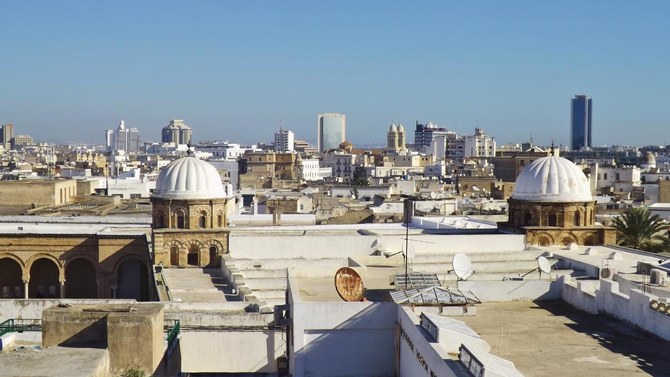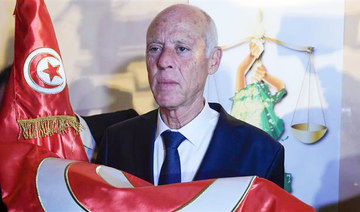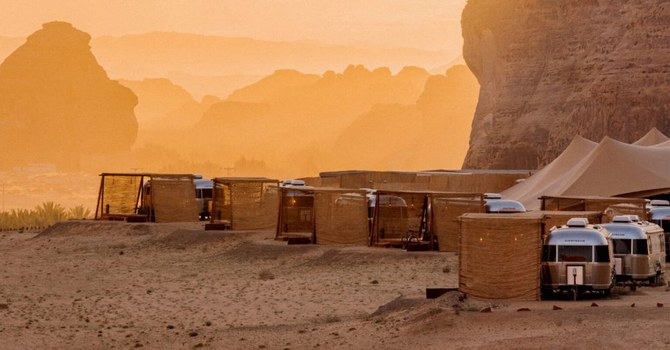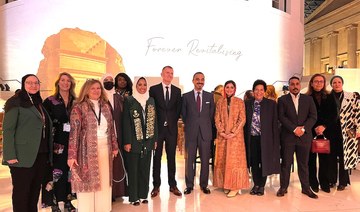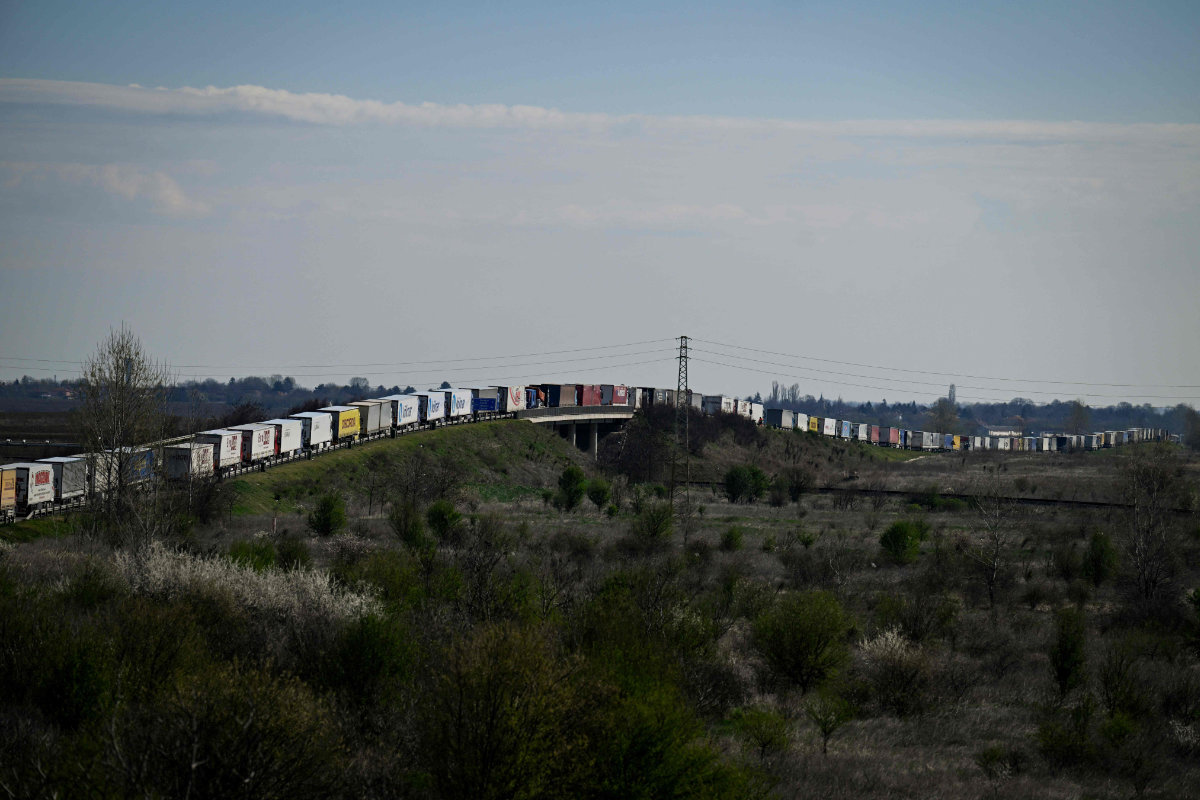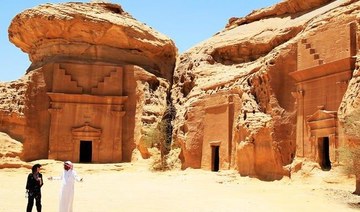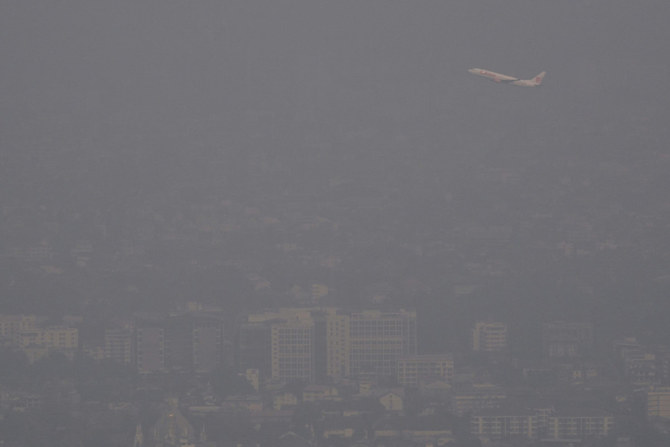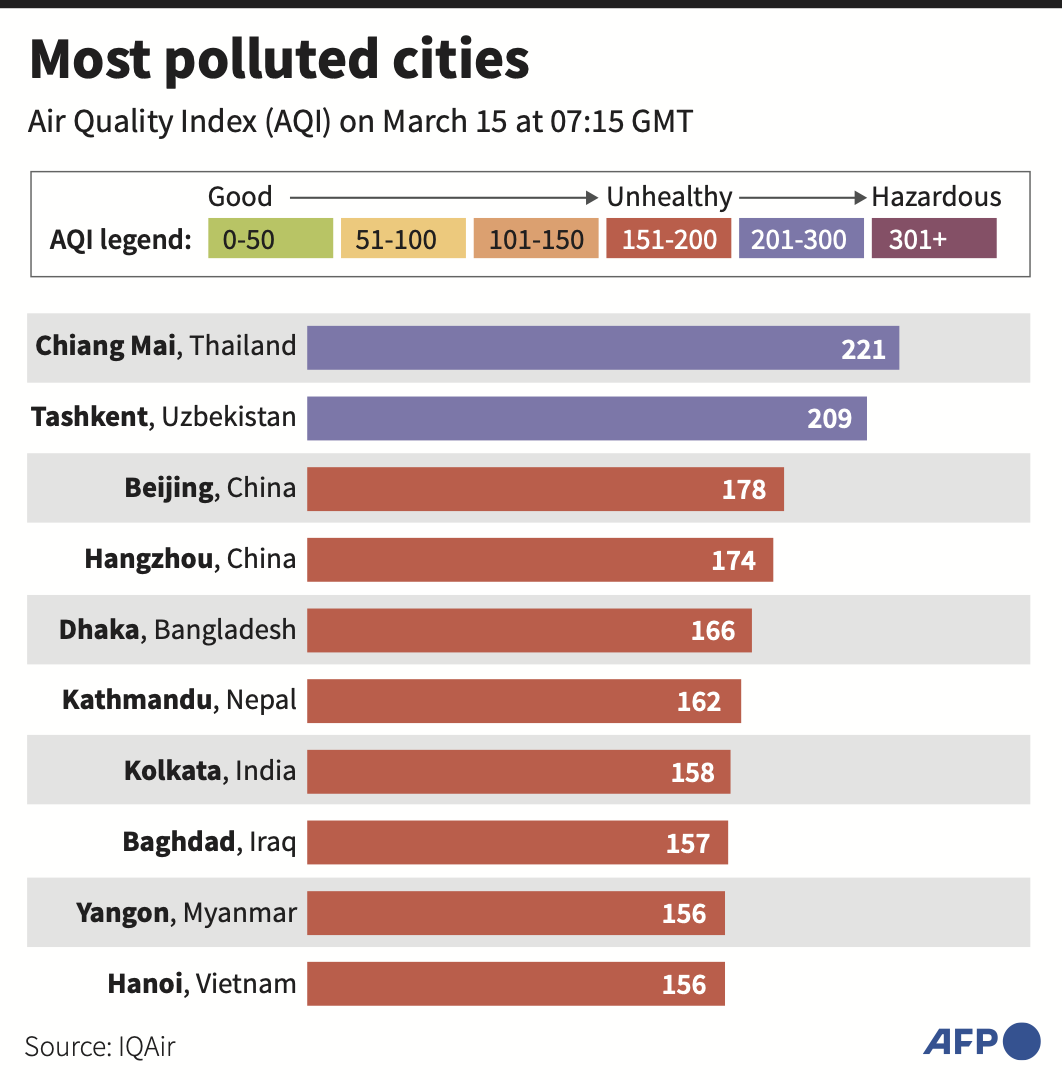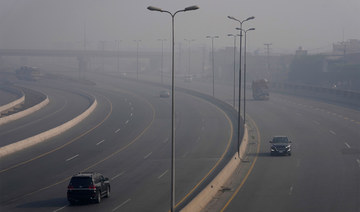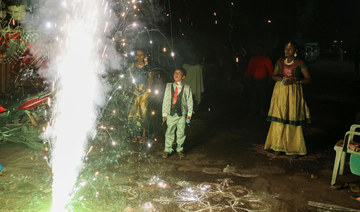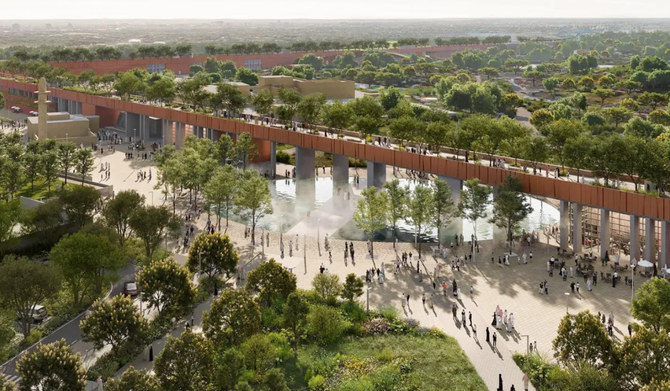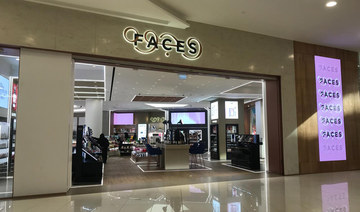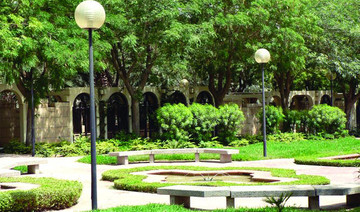TUNIS: Ali Boukkaa remembers when his cafe was the only one in the marketplace for traditional chechiya hats in the Tunis medina — a small, green wooden cabin catering to some 400 hat makers, their apprentices and customers.
Fifty years on, only six hat masters remain in the area, Boukkaa said. His eatery has been joined by other cafes and restaurants that have set up in abandoned workshops, but they are all struggling for business, he added.
“There are no regulars — we just have a few people that are here visiting, or students,” lamented the 60-year-old cafe owner.
Tunis’ medina — or old town — was once the economic and political hub of the capital, until a push to modernize the city in the 1960s led to an exodus that left the area neglected and its historic buildings falling apart, say locals and historians.
Now artists, residents and civil society groups are trying to revive the area by opening community-led businesses and bringing attention to the area’s rundown neighborhoods.
The medina, which dates back to the seventh century, has been listed as a UNESCO World Heritage site since 1979.
Yet no strategy has been put in place to stop it from falling into ruin, said Adnen Ben Nejma, a conservationist at the government’s National Heritage Institute (INP).
“There is no management, no vision for ‘what do we do with this medina of Tunis?’” Ben Nejma told the Thomson Reuters Foundation over a mint tea near Beb Bhar, the big stone entrance to the medina off the city’s main avenue.
He noted that about 50 public buildings in the old town are currently closed, including the Torbet El Bey, a royal mausoleum.
“Unfortunately, heritage is not a state priority — like security, agriculture or tourism,” he said. “We (must see) that this heritage has the potential to be a vector of development.”

Tunis’ medina — or old town — was once the economic and political hub of the capital. (File/Shutterstock)
Modern exodus
From the 12th to the 16th century, Tunis was considered one of the wealthiest cities in the Islamic world, according to UNESCO.
During World War Two, there were about 100,000 people living in the medina’s 270 hectares (668 acres), said Raoul Cyril Humpert, a Tunis-based urban sociologist at the University of Stuttgart.
Now the population is down to less than a quarter of that, he said.
Mohammed Bennani, a bookbinder and historian living in the medina, said the main exodus was after the country gained independence in 1956.
Over the next two decades, he said, Tunisia’s first president Habib Bourguiba built new roads in line with his “modernizing” vision, destroying parts of the traditional city in the process.
The young Tunisian state stopped investing in infrastructure in the town center to focus on developing the suburbs, Bennani added.
“(The population) left for the commodities. They wanted cars, a big bathroom, and they went to replace the French” who left to return to France, he said.
At the same time, according to Humpert, the empty medina properties were filled by Tunisians who arrived from rural areas and found they could squat homes or buy at very low prices.
Many of those properties are sitting empty due to inheritance disputes, which is one reason — along with cost and squatters’ rights — the government has not stepped in to revive the crumbling buildings, Ben Nejma of the INP explained.
Property ownership is complicated in Tunisia, he told the Thomson Reuters Foundation, since sharia law states that a house is to be divided between all relatives after death.
Often families cannot agree on what to do with the house and so they leave it vacant, which can lead to properties being squatted. Other families will divide the house into smaller units so that each member can sell their share individually.
“Our biggest problem is real estate,” said Ben Nejma, adding that, despite their historical significance, private homes are not listed as heritage because this would oblige the cash-strapped state to participate in financing them.
“How do we avoid the fragmentation of buildings?” he asked. “How do we restore a building that belongs neither to the inhabitant nor the state?“
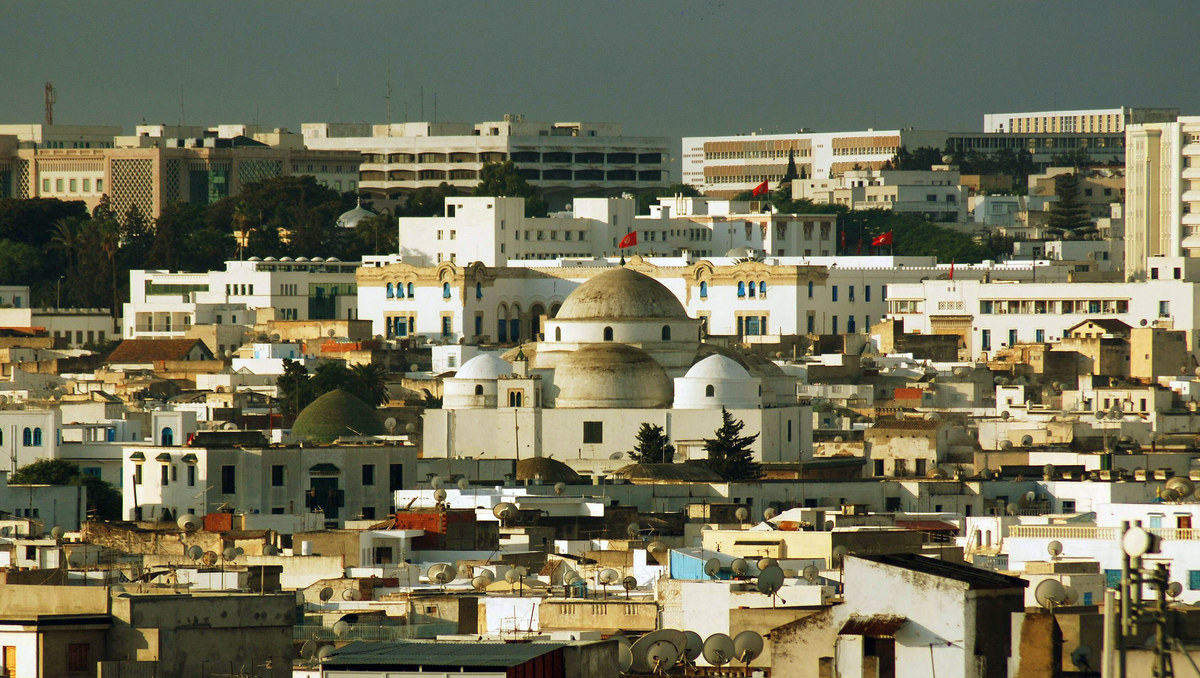
Many of the small businesses have closed down. (File/Shutterstock)
Keeping the medina alive
After years of neglect, local entrepreneurs and cultural institutions are working to bring life back into the old town, and interest is slowly growing, said Leila Ben Gacem, who runs two boutique hotels in the area.
One of her hotels used to be a home belonging to the Anoun family, among the most important artisan perfumers in the area during the 17th century, she noted.
Ben Gacem bought and restored the house, then opened it as a guest house in 2013. She extends her business by working with artisans to offer workshops to her guests.
“I don’t see myself as someone who has eight rooms — I feel like the whole medina is the experience,” she said.
As Ben Gacem tries to entice visitors to stay in the medina, the Association for the Conservation of the Medina wants to help them discover the area.
The organization, created by the municipality in 1967, recently published a set of maps outlining walking routes around the historic monuments and roads.
Architect Amine Ben Said, who is a member of the heritage conservation association Edifices et Memoires, said any projects aimed at rejuvenating the old town must be designed to benefit the local community.
“The conditions in which these people live is killing the medina,” he said, referring to the poorly maintained roads and the lack of rubbish bins.
“We need to create projects that allow the neighbors to live well,” he added.
The municipality did not respond to requests for comment.
Helping neighbors live well was the goal behind a project by El Warcha, a local collaborative design studio set up four years ago.
Most recently, in a project that was part of a medina arts festival, the group cleaned up part of the working-class neighborhood Hafsia and installed a hydroponic system — a network of pipes holding potted spinach plants.
“We wanted to change this place — the rubbish bins and mess everywhere,” said Aziz Romdhani, an 18-year-old from the area who is in charge of the project.
“We wanted to change that with an installation that would let people sit.”
Olfa Souissi, a high school teacher, notices a difference.
Before the project, the courtyard next to her house was filled with rubbish and puddles of polluted water, a stark contrast to the expensive restaurants and “beautiful trash cans” of the nearby tourist area, she said.
Now she plans to celebrate her son’s eighth birthday in that same courtyard.
“We were suffocating,” Souissi said. “Now there are plants and wood and natural elements.”



